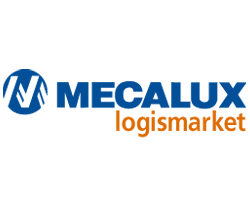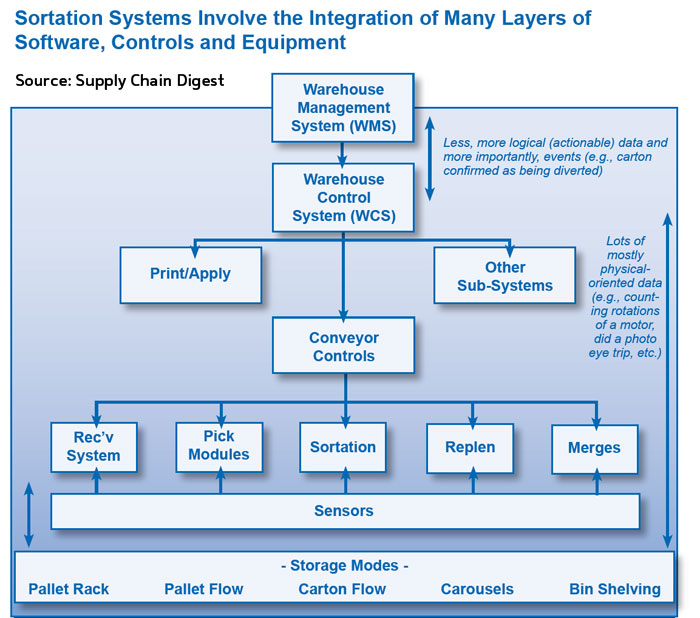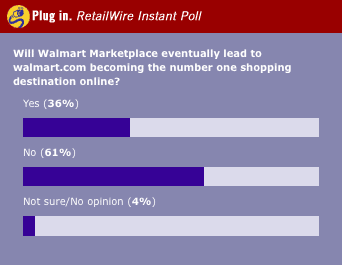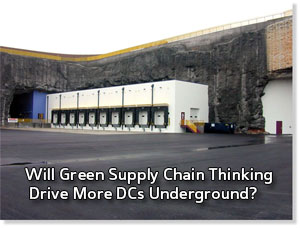That was the massage, in part, from Wayne Carlston, Director of Supply Chain Systems Development for OC Tanner, one of the leading providers of employee recognition programs, who says that too often logistics managers don’t put enough thought into how to best maximize long-term performance of those assets after they have been purchased and initially deployed.
“Buying and owning are two very different things,” Carlston said in a presentation this week at the Material Handling and Logistics Conference in Park City, UT, an annual event sponsored by HK Systems.
Carlston offered recommendations along both the “buying” and “owning” dimensions.
For example, he noted that OC Tanner recently considered purchase of a new Warehouse Management System. As with all such projects, the company used a multi-step approach to getting the new initiative right, called STEPS, that it has developed internally on lean supply chain thinking. Carlston said the approach can be used when evaluating supply chain software or materials handling systems.
The five phases of OC Tanner’s STEPS approach are:
See
Think
Experience
Prove
Sustain
Using the STEPS approach, OC Tanner took several actions in the WMS project that are not common among companies looking for such technology. For example, during the “See” and “Think” phases, the company first educated a team of 12 managers and associates on general WMS capabilities, and challenged that team to identify how those tools could bring real benefits to OC Tanner’s distribution operations before they started discussions with specific vendors. "






